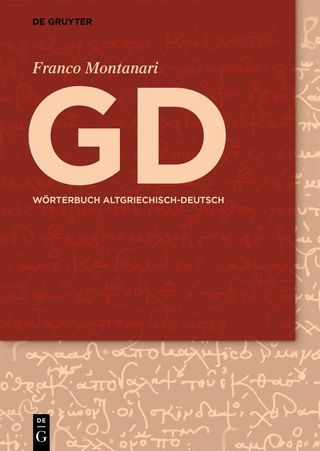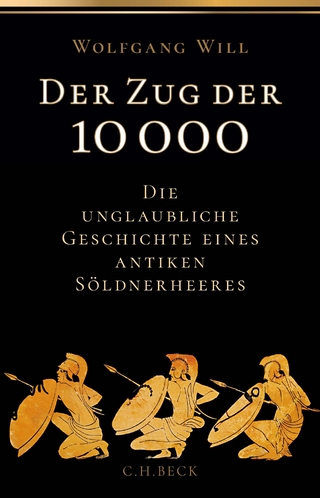
Connecting the Isiac Cults
Formal Modeling in the Hellenistic Mediterranean
Seiten
2022
Bloomsbury Academic (Verlag)
978-1-350-21069-1 (ISBN)
Bloomsbury Academic (Verlag)
978-1-350-21069-1 (ISBN)
Why did Egyptian cults, especially those dedicated to the goddess Isis and god Sarapis, spread so successfully across the ancient Mediterranean after the death of Alexander the Great? How are we limited by the established methodological apparatus of historiography and which innovative methods from other disciplines can overcome these limits?
In this book, Tomáš Glomb shows that while the interplay of different factors such as the economy, climate, and politics created favorable conditions for the early spread of the Isiac cults, the use of innovative quantitative methods can shed new light and help disentangle the complex interplay of individual factors.
Using a combination of geospatial modeling, mathematical modeling, and network analysis, Glomb determines that, at least in the regions of the Hellenistic Aegean and western Asia Minor, the political channels created by the Ptolemaic dynasty were a dominant force in the local spread of the Isiac cults. An important contribution to the historiography of the ancient Mediterranean, this book answers the specific question of “how it happened” as well as, “how can we answer it beyond the limits of the established methodological apparatus in historiography.”
In this book, Tomáš Glomb shows that while the interplay of different factors such as the economy, climate, and politics created favorable conditions for the early spread of the Isiac cults, the use of innovative quantitative methods can shed new light and help disentangle the complex interplay of individual factors.
Using a combination of geospatial modeling, mathematical modeling, and network analysis, Glomb determines that, at least in the regions of the Hellenistic Aegean and western Asia Minor, the political channels created by the Ptolemaic dynasty were a dominant force in the local spread of the Isiac cults. An important contribution to the historiography of the ancient Mediterranean, this book answers the specific question of “how it happened” as well as, “how can we answer it beyond the limits of the established methodological apparatus in historiography.”
Tomáš Glomb is Assistant Professor of Religious Studies at Masaryk University, the Czech Republic.
Introduction
1. Development of the Isiac Cults
2. Spread of the Isiac Cults - An Overview
3. Case Study - Hellenistic Aegean
4. Case Study - West Coast of the Hellenistic Asia Minor
5. Political Activities of the Ptolemaic Dynasty and Their Impact on the Spread of the Isiac Cults Abroad - A Historical Pattern
6. Methodological Implications for the Historiography of Antiquity
Bibliography
Index
| Erscheinungsdatum | 16.11.2022 |
|---|---|
| Reihe/Serie | Scientific Studies of Religion: Inquiry and Explanation |
| Zusatzinfo | 10 bw illus |
| Verlagsort | London |
| Sprache | englisch |
| Maße | 156 x 234 mm |
| Themenwelt | Geschichte ► Allgemeine Geschichte ► Altertum / Antike |
| Geisteswissenschaften ► Religion / Theologie ► Weitere Religionen | |
| ISBN-10 | 1-350-21069-2 / 1350210692 |
| ISBN-13 | 978-1-350-21069-1 / 9781350210691 |
| Zustand | Neuware |
| Haben Sie eine Frage zum Produkt? |
Mehr entdecken
aus dem Bereich
aus dem Bereich
Die unglaubliche Geschichte eines antiken Söldnerheeres
Buch | Hardcover (2022)
C.H.Beck (Verlag)
28,00 €
die Inszenierung der Politik in der römischen Republik
Buch | Hardcover (2023)
C.H.Beck (Verlag)
48,00 €


